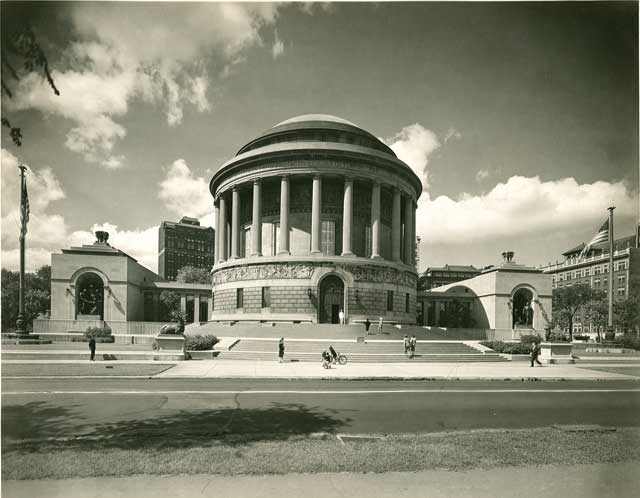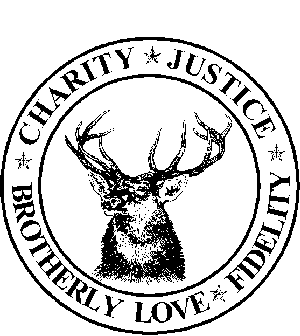The first is a gingerbread cake that is out of this world. I found it in the New York Times last month and made it for Thanksgiving. It was a big hit, and I made it again. Again it was great.
Ingredients
- 2 cups/8 ounces/266 grams fresh or frozen cranberries
- 1 cup/200 grams granulated sugar
- 1 stick/4 ounces/113 grams unsalted butter
- ⅔ cup/133 grams dark brown sugar
- ½ cup/120 milliliters whole milk
- ½ cup/120 milliliters maple syrup
- ¼ cup/60 milliliters molasses
- 1 ½ cups/185 grams all-purpose flour
- 1 tablespoon/5 grams ground ginger
- ½ teaspoon/1 gram ground cinnamon
- ½ teaspoon/3 grams baking powder
- ½ teaspoon/3 grams kosher salt
- ¼ teaspoon/1 gram baking soda
- ¼ teaspoon black pepper
- 2 large eggs, lightly beaten
- 1 tablespoon/14 grams grated fresh ginger (from 1-inch piece)
Preparation
- Heat oven to 350 degrees and line a 9-inch square or round baking pan with parchment.
- In a small, heavy-bottomed saucepan, stir together cranberries, granulated sugar and 1 tablespoon water. Stir the cranberries over medium heat until the sugar is completely dissolved and cranberries form a sauce that is syrupy and bubbling thickly, about 10 minutes. Aim to have about half the cranberries broken down, with the remainder more or less whole.
- In a separate saucepan, stir together the butter, brown sugar, milk, maple syrup and molasses over medium heat. Bring it to just barely a simmer and then remove it from the heat. Do not let it come to a boil, or the mixture may curdle.
- In a large bowl, sift together the flour, ginger, cinnamon, baking powder, salt, baking soda and black pepper. Beat in the butter-maple syrup mixture and then beat in the eggs. Stir in the ginger.
- Scrape the batter into the pan. Drop fat dollops of cranberry sauce onto the surface of the cake batter. Drag a long, slender knife through the batter in a swirly design, as if you are marbling a cake. Transfer the cake to the oven and bake it until the top is firm and a toothpick inserted in the center comes out clean, about 50 minutes. Transfer the pan to a wire baking rack and let the cake cool completely before eating it.
Second place: Betty Koenig
Prep: 45 minutes
Chill: 30 minutes
Bake: 20 minutes
Makes: 4 dozen cookies
"I love that they're not too sweet, and they seem like they'd be a really good dunker," Angel Food Bakery owner and pastry chef Stephanie Samuels says of Betty Koenig's chocolate almond shortbread cookies. In testing, we found the dough rolled out better when chilled for at least 30 minutes.
Ingredients
4 sticks (1 pound) unsalted butter, softened
1 cup sugar
1 1/2 teaspoons vanilla
1/2 teaspoon salt
3 cups flour
1 cup Dutch process unsweetened cocoa powder
1 cup almond meal or very finely ground unblanched almonds
4 sticks (1 pound) unsalted butter, softened
1 cup sugar
1 1/2 teaspoons vanilla
1/2 teaspoon salt
3 cups flour
1 cup Dutch process unsweetened cocoa powder
1 cup almond meal or very finely ground unblanched almonds
Preparation
1. Heat oven to 325 degrees. Cream butter and sugar in a large bowl with an electric mixer or in a stand mixer. Add the vanilla and salt; beat or mix to blend. On low speed, add the flour, cocoa and almond meal, mixing well.
2. Divide into 3 pieces; wrap in plastic wrap and chill, 30 minutes. Roll out dough, one piece at a time, on a lightly floured surface to about 1/4-inch thick. Cut with cookie cutters; transfer to parchment-lined cookie sheet. Repeat with remaining dough.
3. Bake, in batches if necessary, until slightly firm to the touch, about 20 minutes. Cool on racks. Store in airtight containers. Can be frozen for months.
Nutrition information per serving: 133 calories, 9 g fat, 5 g saturated fat, 20 mg cholesterol, 12 g carbohydrates, 2 g protein, 26 mg sodium, 1 g fiber




















